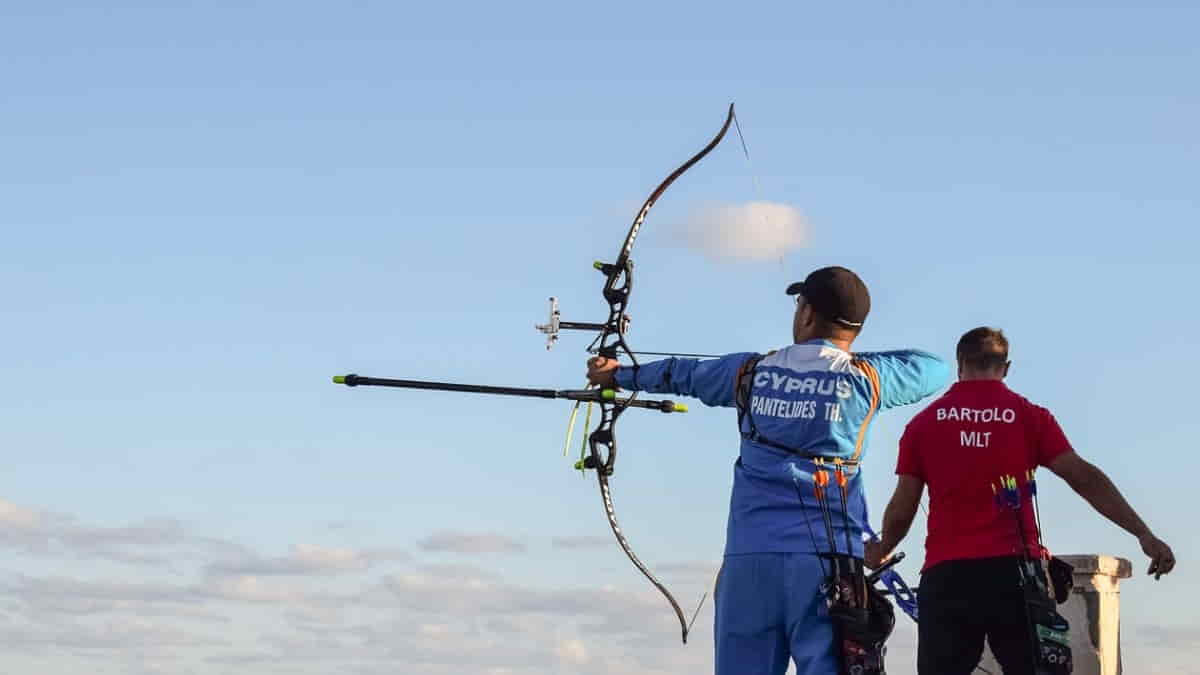Archery is an ancient practice deeply woven into human history and has managed to stay in the limelight through the ages. Its inclusion in the Olympics is a testament to its enduring charm. This article takes a journey through the rich history of archery, its Olympic evolution, and the reasons behind its continued popularity on the global stage.
Historical Importance of Archery

Archery has been part of human civilization for thousands of years and plays an important role in warfare, hunting, and sport. From skilled archers in ancient civilizations like the Egyptians and Greeks to legendary longbowmen in medieval England, the bow and arrow have left an indelible mark on history. As firearms took over in warfare, archery found a new life as a recreational and competitive sport.
Archery in the Olympics

Archery made its Olympic debut in 1900 in Paris, but it was in the 1904 St. Louis Games that it became a regular feature. The sport continued until 1920, experiencing a hiatus of 52 years before returning in the 1972 Munich Games. The decision to bring back archery aimed to diversify the Olympic program, reviving the sport as a competitive discipline and contributing to its global popularity.
Archery in the Modern Olympics

Archery’s popularity in the Olympics can be attributed to its accessibility, universal appeal, and the captivating stories of its athletes.
1. Accessibility:
One of the reasons for archery’s popularity is its accessibility. Unlike some sports requiring expensive equipment, archery can be practiced in various settings. Many start their archery journey at local clubs or ranges, using affordable equipment, and fostering a diverse and inclusive community.
2. Universal Appeal:
Archery’s universal appeal lies in its simplicity and fundamental skills – focus, precision, and control. The sight of an archer drawing a bow and releasing an arrow transcends language and cultural barriers, making it relatable worldwide. The elegance and visual spectacle of arrows flying toward a distant target has a timeless quality that resonates across generations.
3. Athlete Narratives:
The stories of Olympic archers contribute significantly to the sport’s allure. From underdog triumphs to displays of exceptional skill under pressure, archery has provided some of the most memorable moments in Olympic history. Athletes like South Korea’s Kim Soo-Nyung and American archer Brady Ellison have become iconic figures, inspiring new generations of enthusiasts.
Technical and Strategic Aspects of Olympic Archery
The technical and strategic aspects of archery add depth to its appeal.
1. Equipment and Technique:
Olympic archers use modern recurve bows and arrows made from advanced materials, ensuring accuracy and speed. The biomechanics of archery, including the draw, anchor, aim, release, and follow-through, require precision and consistency. Archers spend hours refining their technique, focusing on muscle memory and mental discipline.
2. Mental Fortitude:
Archery is as much a mental sport as it is physical. Maintaining focus, controlling nerves, and making split-second decisions are crucial. The pressure of the Olympic stage adds an extra layer of complexity. Athletes must master the mental aspect to perform consistently at the highest level.
3. Team Dynamics:
In addition to individual competitions, team events in archery introduce collaboration and strategic planning. Teams synchronize efforts, with each member contributing to the overall score, adding excitement and complexity to the sport.
Olympic Archery in Other Countries

Certain countries, including South Korea, China, the United States, and Russia, have consistently produced top-tier athletes and secured numerous medals. The success of the Korean archery program is attributed to a robust grassroots development system, state-of-the-art training facilities, and a culture prioritizing excellence in archery.
Evolution of Archery Broadcast
Technological advancements have enhanced the viewer experience of archery in the Olympics. High-definition broadcasts, slow-motion replays, and informative graphics provide a closer look at the precision and skill involved. Innovative camera angles, including aerial shots tracking arrows, add a dynamic element.
The rise of social media has played a pivotal role in engaging fans and expanding archery’s reach. Athletes share their training routines, competition experiences, and personal stories on Instagram and Twitter, fostering a more intimate connection with followers. This direct interaction has contributed to the growth of archery’s fan base.
Challenges and Opportunities for Archery in the Future
While archery enjoys enduring popularity, it faces challenges and opportunities.
One challenge is the need to innovate and adapt to changing landscapes. Embracing new formats, exploring virtual archery experiences, and leveraging emerging technologies can keep the sport fresh and relevant.
The inclusivity of archery, with its low entry barriers, should be capitalized upon to attract a more diverse participant base. Initiatives promoting archery in schools and communities can ensure a steady influx of new enthusiasts, securing the sport’s future.
Conclusion
Archery’s journey from ancient times to the modern Olympics is a testament to its timeless allure. Its accessibility, universal appeal, captivating narratives, technical aspects, and global presence contribute to its enduring popularity. As archery continues to evolve, embracing innovation and inclusivity, it remains a captivating and integral part of the Olympic Games, promising excitement and inspiration for generations to come.































